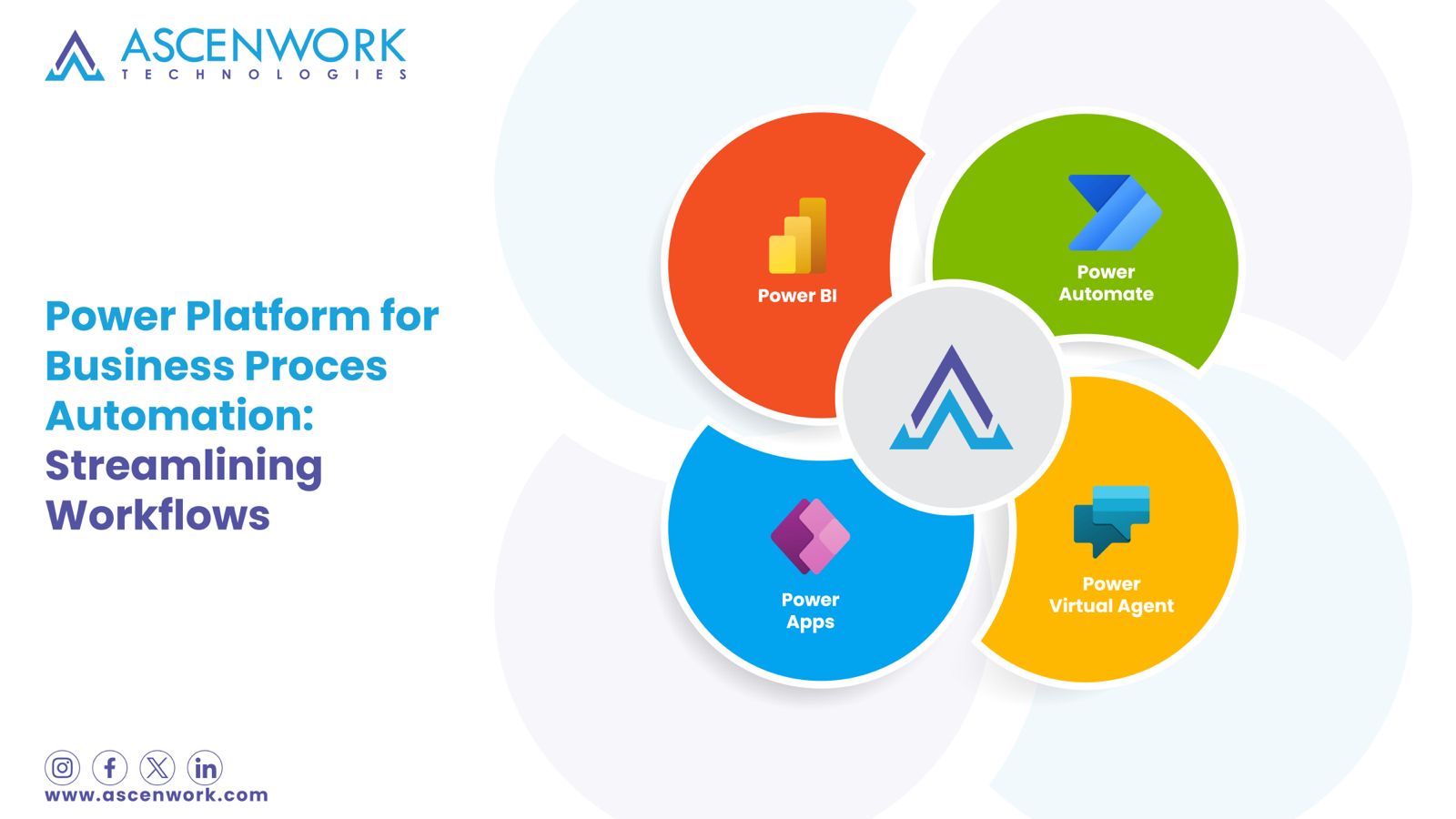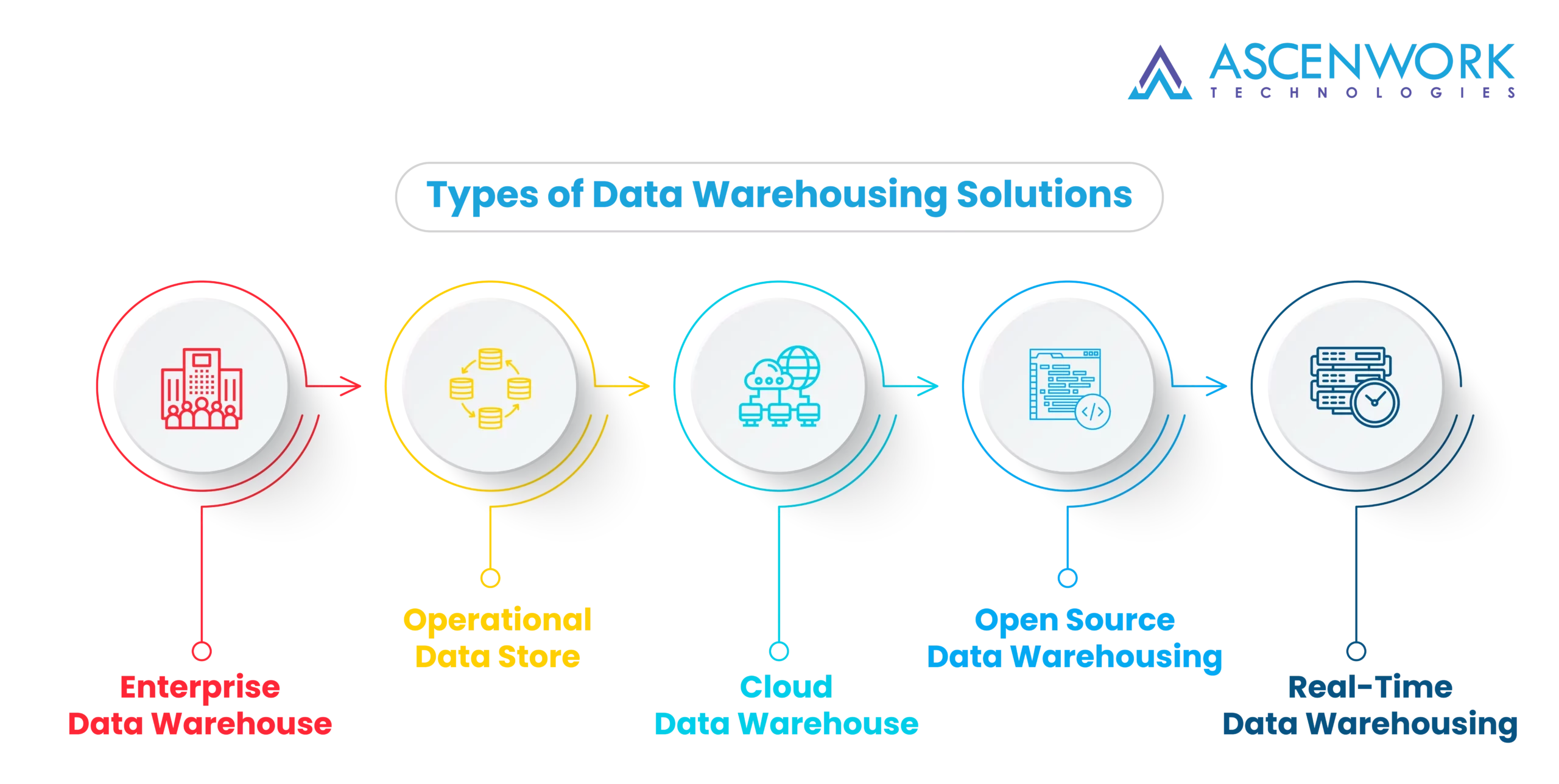
In today’s fast-paced world of software Development Process, one practice stands out as a cornerstone of quality and reliability – Code Reviews. Let’s delve into the importance of code review, the myriad benefits it offers, and best practices to make it work seamlessly for your team. Buckle up for an insightful journey!
The Importance of Code Review
Code reviews are a critical component of software development. They serve as a quality control checkpoint, ensuring that code is error-free, maintainable, and adheres to best practices. By facilitating collaboration among team members, code reviews lead to improved code quality, fewer bugs, and a more efficient development process.
Understanding the Backbone of Code Quality
Comprehending “The Backbone of Code Quality” is essential in grasping the core of software development excellence. Code reviews stand as the keystone, enabling teams to continually improve, thus fostering collaboration. Consequently, by thoroughly understanding their pivotal role, teams can establish a sturdy foundation for long-term success, which, in turn, results in consistently high-quality software and diminished errors.
Code Review Your Quality Assurance Shield
Code review, indeed, functions as a robust quality assurance shield. Firstly, it acts as a protective barrier, safeguarding your software from defects and vulnerabilities. Furthermore, it plays a key role in uncovering issues, consequently, allowing for their swift resolution. As a result, the software quality is bolstered, ensuring a reliable product. In conclusion, code reviews stand as an indispensable safeguard, fortifying your software against potential shortcomings.
The Code Review Paradox Slowing Down to Speed Up
The Code Review Paradox: Slowing Down to Speed Up” presents an intriguing conundrum. Initially, it might seem counterintuitive, as it necessitates a pause in development. However, paradoxically, this pause is pivotal in hastening the overall progress. By meticulously scrutinizing code, teams identify issues promptly, which, in turn, averts future delays. In essence, slowing down for code reviews accelerates the development process, ultimately leading to faster, more efficient software delivery.
Benefits of Code Review
The benefits of code review are abundant. Firstly, they foster collaboration among team members. Secondly, they ensure code quality and consistency. Furthermore, code reviews help in identifying and rectifying issues early in the development process. In conclusion, their advantages are indispensable for delivering reliable, high-quality software.
Boosting Code Quality One Review at a Time
Boosting code quality, one review at a time, is an incremental process. Initially, it might seem minor, but these reviews have a cumulative impact. By continuously refining and optimizing code through reviews, development teams achieve gradual improvement. Consequently, over time, the compounding effect enhances software quality significantly, leading to more robust, reliable, and efficient applications.
Catching Bugs Early The Cost-Effective Way
Catching bugs early in the development cycle is a cost-effective strategy. Firstly, it reduces the time and resources needed for bug fixing. Moreover, early bug detection prevents issues from escalating and becoming more complex. As a result, this approach saves money and ensures a smoother, more efficient software development process.
Fostering Collaboration and Knowledge Sharing
Fostering collaboration and knowledge sharing is essential in modern workplaces. Firstly, it encourages team members to work together, creating a harmonious environment. Secondly, sharing knowledge promotes growth and innovation. Furthermore, this synergy leads to increased productivity and a more dynamic, adaptable team. In conclusion, it’s a recipe for success in today’s collaborative world.
Best Practices for Code Review
Embracing best practices for Code Review Benefits is paramount. Firstly, it establishes a standardized process, ensuring consistency. Moreover, it enhances code quality and helps catch errors early. Additionally, it fosters collaboration among team members, creating a dynamic learning environment. In conclusion, following these practices is a cornerstone of successful software development.
The Goldilocks Principle Finding the Right Balance
Incorporating “The Goldilocks Principle: Finding the Right Balance” is pivotal in your code review strategy. Firstly, it helps maintain equilibrium, preventing extremes. Secondly, this balance ensures a smoother development process by avoiding overcomplication or negligence. Ultimately, adhering to this principle results in optimal, efficient code reviews for your project.
The Art of Constructive Feedback
Mastering “The Art of Constructive Feedback” is crucial for productive code reviews. Firstly, it entails providing feedback that’s clear and precise. Secondly, actionable insights empower developers to make meaningful improvements. Consequently, this approach fosters growth and enhances the quality of the code, making it an essential aspect of the development process.
Setting Clear Expectations
Establishing “Setting Clear Expectations” is pivotal in any code review process. Firstly, it prevents misunderstandings and confusion. Secondly, it sets the stage for a more productive and aligned team. As a result, well-defined guidelines and objectives lead to smoother, more effective code reviews and ultimately, improved software quality.
When Reviewing Code for Security
When reviewing code for security, a meticulous approach is paramount. Firstly, it identifies vulnerabilities and potential threats. Secondly, it ensures robust defenses are in place. Additionally, this scrutiny prevents security breaches and safeguards sensitive data. Ultimately, thorough code review for security is a non-negotiable practice in the modern digital landscape.
Defending the Fortress: Code Security
Defending the fortress through code security is essential. Firstly, it strengthens digital defenses, thwarting potential threats. Moreover, it prioritizes the safety of sensitive data. In essence, this practice is crucial for fortifying the integrity and security of digital environments, making it a top priority in the realm of cybersecurity.
Trust but Verify: The Security Checklist
In cybersecurity, “Trust but Verify: The Security Checklist” is a guiding principle. Firstly, it acknowledges trust, but doesn’t rely on it alone. Secondly, the checklist ensures all security measures are in place and effective. This approach guarantees a robust security posture, protecting against vulnerabilities and unauthorized access of Code Review Benefits.
When Reviewing Code for Scalability and Maintainability
When reviewing code for scalability and maintainability, a comprehensive examination is vital. Firstly, it assesses its potential to grow with increased demand. Secondly, it ensures long-term ease of management and updates. This approach secures a codebase that can adapt to evolving needs while remaining efficient and cost-effective
Building for the Long Haul Scalability and Maintainability
In software development, “Building for the Long Haul: Scalability and Maintainability” is an imperative focus. Firstly, it prioritizes long-term sustainability and adaptability. Secondly, it guarantees that the software can withstand growth and remain easy to manage over time. This approach ensures the durability and efficiency of the codebase in the ever-changing tech landscape.
Avoiding the Tangled Web Code Structure
Avoiding the Tangled Web: Code Structure” is a fundamental principle in software development. Firstly, it emphasizes organizing code with clarity and purpose. Secondly, a well-structured codebase enhances readability and maintainability. This approach prevents complexity and confusion, ensuring a solid foundation for effective software development and management.
When Reviewing Code for Coding Standards and Guidelines
When reviewing code for adherence to coding standards and guidelines, it establishes a crucial foundation. Firstly, it maintains consistency throughout the codebase, ensuring uniformity. Secondly, it streamlines development, making it more efficient. This approach guarantees that code aligns with industry best practices and remains easily understandable and maintainable.
Following Best PracticesCode Harmony
Code Harmony: Following Best Practices embodies the essence of successful software development. Firstly, it promotes unity by adhering to established standards. Secondly, it leads to efficiency, ensuring a smooth development process. This practice guarantees that code is structured optimally, enhancing its quality and maintainability while fostering a collaborative, effective coding environment.
Linting and Style Guides Your Roadmap
Navigating the coding landscape becomes easier with “Linting and Style Guides: Your Roadmap.” Firstly, it enforces consistency by flagging deviations from coding standards. Secondly, it serves as a reliable guide for maintaining clean, readable code. This practice paves the way for a well-structured, quality code that adheres to established conventions.
A code review is a systematic examination of source code by team members to identify and rectify issues, ensure code quality, and promote collaboration. It’s vital in software development as it helps catch bugs early, share knowledge, and improve code quality.
Code reviews involve developers, peers, and team leads. Developers benefit by learning best practices, peers share insights, and team leads ensure code aligns with project goals. Collectively, they improve the codebase and their own skills.
Code reviews enhance code quality, reduce bugs, and lead to better software maintainability. They also promote team collaboration, knowledge sharing, and adherence to coding standards.
While code reviews require time, they are a cost-effective investment that can save time in the long run. Early issue identification prevents future delays and accelerates development.
Start by defining clear expectations and guidelines for code reviews. Foster a culture of constructive feedback and collaboration. Utilize code review tools and make it a regular part of the development process.
Code reviews are crucial for identifying security vulnerabilities early in the development process. They help prevent security breaches and ensure that sensitive data remains protected.
Yes, by reviewing code for scalability and maintainability, teams can ensure that software can grow with evolving needs and remains easy to manage over time.
The balance can be achieved by following a structured code review process and focusing on high-impact areas first. Regular, smaller reviews are often more manageable and effective than infrequent lengthy ones.
Yes, best practices include setting clear objectives, offering specific feedback, and adhering to coding standards. Various code review tools, such as GitHub, GitLab, and Bitbucket, can streamline the process.
Code reviews are a cornerstone of software quality. They lead to fewer bugs, enhanced code quality, and a more efficient development process, ultimately resulting in successful project outcomes and satisfied stakeholders.


